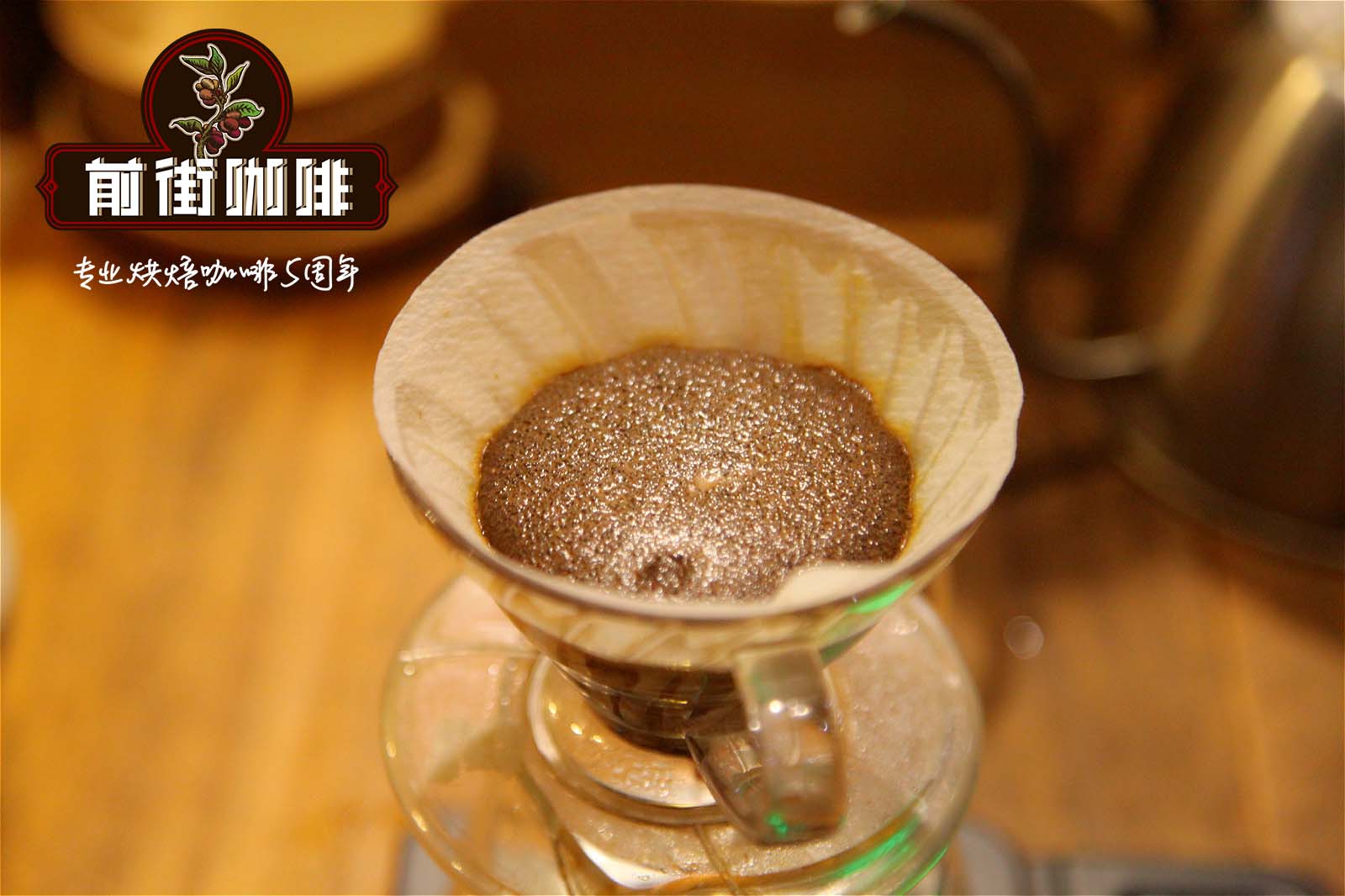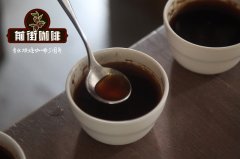What is the taste of Peruvian High Grown high-planting coffee beans? introduction to Peruvian coffee bean grading system

Professional coffee knowledge exchange more coffee bean information please follow the coffee workshop (Wechat official account cafe_style)
Peru High Grown Peruvian high-planting coffee beans
The coffee planting area of Peru is mainly located in the central Chanchamayo region, and the two most famous planting areas in this area are Villa Rica and La Merced, respectively, and the main varieties are Typica Arabica. The history of coffee cultivation in Peru can be traced back to 1930, when a group of German immigrants settled in what is now the Villa Rica area and started the economic activities of coffee cultivation, which also brought new cultural injection to the region and developed special new cultural characteristics of the region. In memory of these new residents from afar, it was designated as "Settler'" on June 26th every year. S Day (anniversary of new immigrants). Nowadays, there are many local coffee farmers who are descended from these immigrants, and they continue to operate these precious coffee farms from generation to generation!
Villarica is a bustling eastern Andean town with a large area of rich ecological conservation forests and a well-known bird sanctuary. It is amazing to find that 400 species of birds inhabit in Villa Rica! Thus it can be seen that Villarica is a coffee producing area that is very friendly to the natural environment-coffee is planted at an altitude of about 1500m, with an average annual temperature of 20 degrees and an annual rainfall of about 1800 mm. It is very suitable for the growth of coffee trees. Farmers adopt organic composting and planting, the variety is mainly Typica (Tiebika), the quality of raw beans is very stable, and the harvest period lasts from April to September every year. The raw beans are washed and fermented after harvest and dried in the natural sun. The coffee produced in the Villa Rica area has a special creamy nutty aroma, warm and soft taste, good sweetness, and slightly rising fruit acids in the latter section can bring a comfortable aftertaste.
"Villa Rica established the tradition of" technified shade coffee growing "shade planting and regional tradition."
A fruit tree called "INGA", commonly known locally as Pacay, is widely planted in the planting area, which not only provides good shade, but also provides bird foraging during the flowering and fruiting season.
Small farmers organize producers' cooperatives to weave a complete marketing mechanism for raw beans.
Almost every farm has perfect raw bean processing equipment to facilitate the best processing time after coffee cherry harvest.
The cooperative provides re-refining and grading screening, coffee raw beans are bagged completely and exported directly to buyers of various countries, which effectively strives for the storage validity of raw beans and avoids the possible damage to the quality of raw beans caused by improper storage environment after transportation to the port of Lima (Lima).
Cooperatives have long been in line with international coffee organizations and are committed to fair trade and the implementation of organic planting. At present, Villa Rica is the second largest organic fair trade coffee producing area in the world.
The farm plans to replace the seedlings under the optimal fruit production life of coffee trees to maintain the high-quality coffee trade.
The virtuous cycle of organic composting and planting by effectively using the pulp and fermented organic matter wastewater from the treatment of coffee cherries.
Cupping Record-with aromas of roasted almonds, sweet peach caramel and dried cream, with a smooth consistency, ripe peach, chocolate bitterness and red wine combined with a hint of Earl Grey Tea on the finish.
Peruvian coffee beans are divided into SHG (Strictly High Grown), SG (High Grown) and SC (Central Standard) according to altitude. Basically, the higher the altitude of coffee trees, the harder the coffee beans will be. this is because low temperature, short sunshine, high humidity and other factors will make coffee grow more slowly, grow fruits with higher density, and the flavor of coffee beans, such as acidity and sweetness, will be more saturated. In short, the altitude has a great influence on the quality of coffee beans.
END
Important Notice :
前街咖啡 FrontStreet Coffee has moved to new addredd:
FrontStreet Coffee Address: 315,Donghua East Road,GuangZhou
Tel:020 38364473
- Prev

Starbucks selects Peruvian Joan Carrie Coffee Bean Story _ Peruvian Joan Carrie Coffee Bean brewing sharing
Professional coffee knowledge exchange more information about coffee beans Please follow the coffee workshop (Wechat official account cafe_style) Peru is located in western South America and is famous for its organic coffee. Although Peru is rich in coffee, only 10% of Arabica beans can be called boutique. Many people are not optimistic about Peruvian boutique coffee, but Peruvian coffee has been trying to get better. Producing area: Joan, Latin America
- Next

Introduction to the flavor and taste characteristics of barrel coffee beans on the Peruvian plateau. Which brand of Peruvian coffee is better?
Professional coffee knowledge exchange more coffee bean information please follow coffee workshop (Wechat official account cafe_style) Fritz Minges Peru Peruvian coffee-plateau Arabica barrel Ming's coffee bean actual weight: about 500g (delicate oak barrel package) Origin: Peru (German processing package) Coffee beans: medium roasted all Arabica Coffee Type: South American original species
Related
- Detailed explanation of Jadeite planting Land in Panamanian Jadeite Manor introduction to the grading system of Jadeite competitive bidding, Red bid, Green bid and Rose Summer
- Story of Coffee planting in Brenka region of Costa Rica Stonehenge Manor anaerobic heavy honey treatment of flavor mouth
- What's on the barrel of Blue Mountain Coffee beans?
- Can American coffee also pull flowers? How to use hot American style to pull out a good-looking pattern?
- Can you make a cold extract with coffee beans? What is the right proportion for cold-extracted coffee formula?
- Indonesian PWN Gold Mandrine Coffee Origin Features Flavor How to Chong? Mandolin coffee is American.
- A brief introduction to the flavor characteristics of Brazilian yellow bourbon coffee beans
- What is the effect of different water quality on the flavor of cold-extracted coffee? What kind of water is best for brewing coffee?
- Why do you think of Rose Summer whenever you mention Panamanian coffee?
- Introduction to the characteristics of authentic blue mountain coffee bean producing areas? What is the CIB Coffee Authority in Jamaica?

